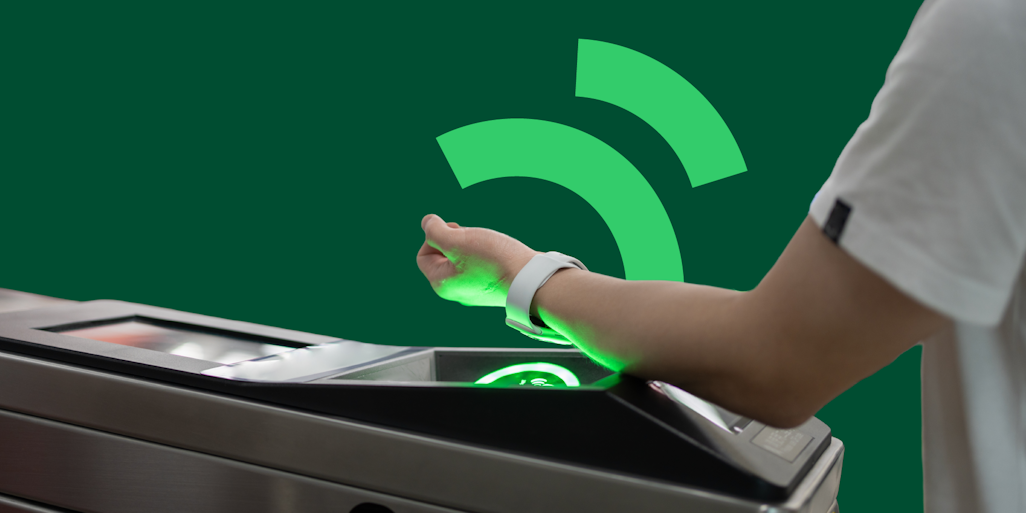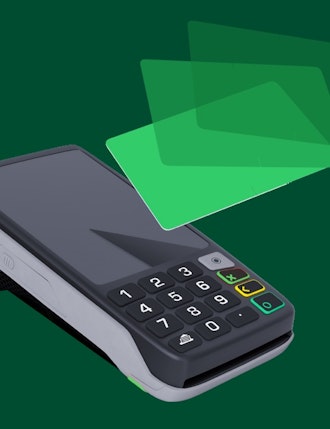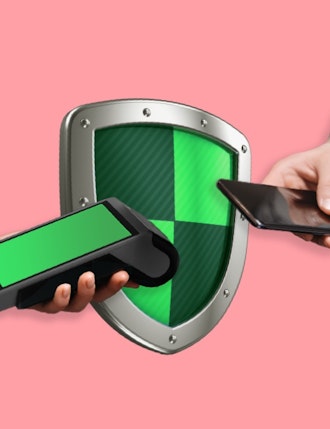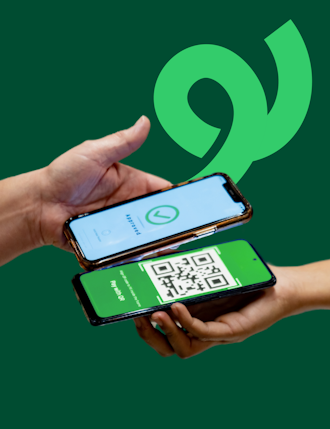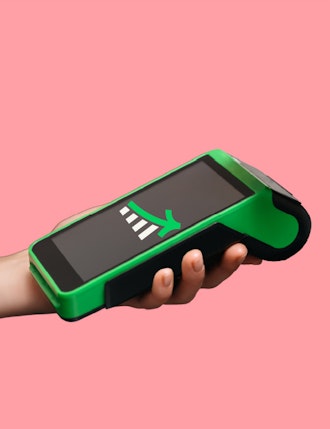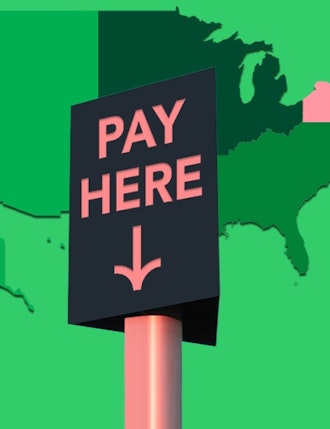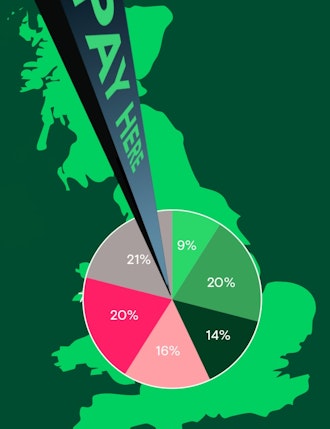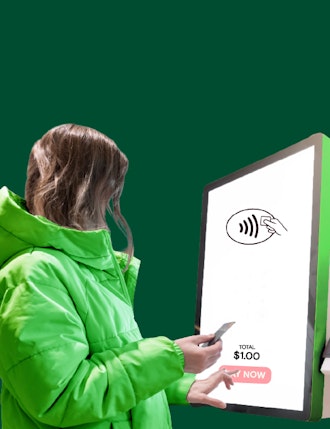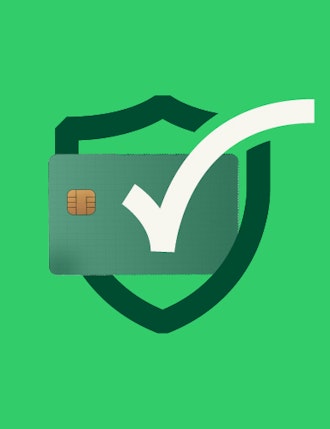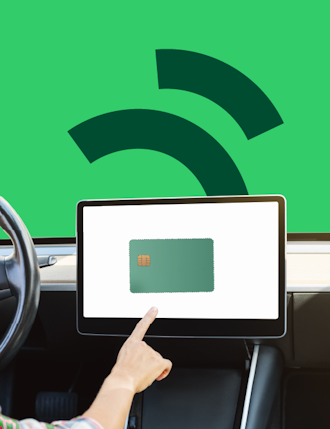Key Insights
-
Today’s shoppers expect contactless payments, widely used across everything from transit to retail.
-
NFC (Near Field Communication) remains the core technology powering secure, fast, and device-agnostic transactions via mobile wallets, cards, and wearables.
-
Security is a top priority, with tokenization, encryption, and PCI DSS compliance helping merchants stay protected and compliant.
-
New trends are already shaping the next wave of contactless payments, from biometrics and blockchain to voice-activated transactions and multi-functional terminals.
- Aevi’s platform is designed to flex with this evolution, helping merchant-serving businesses equip their clients with the tools to meet customer expectations today and whatever comes next.
Don't have time to read more now? Sign up to our newsletter to get the latest insights directly in your inbox.
If you’ve ever tapped your phone or smartwatch at a train station gate, you know how easy contactless payments have become. Just a quick tap and you’re through without delays, (from the payments side, anyway).
It’s true contactless technology has woven itself into our everyday routines, making payments faster and more convenient than ever. But how exactly does this technology work? What makes it secure? And why has it become so widely adopted? Let’s break down the emerging trends of contactless payments and see how they’re shaping the way we pay.
What is contactless payment technology and how does it work?
Contactless payment technology enables transactions without the need for physical contact between the payment device and the terminal. It leverages wireless communication protocols like NFC or RFID (Radio Frequency Identification) to transmit payment data securely, (more on this below).
The most common forms include mobile wallets (like Apple Pay and Google Wallet), contactless credit and debit cards, and wearable devices equipped with NFC. The payment process is simple: you hold your device near a compatible terminal, and the data is exchanged in a secure, encrypted format, completing the transaction within seconds.
Wondering if your card supports contactless payments? Look for the symbol with four curved lines, it’s the universal sign for contactless. Most cards from major banks already include this feature as standard. Older cards that rely on magnetic stripes are becoming a thing of the past.
How do contactless payments work? At its core, contactless payment technology uses NFC, a form of radio frequency identification, or RFID, a technology that uses radio waves to transfer or exchange data when they are close together. The card or device generates a unique, one-time code for each transaction, ensuring that sensitive information like the card number is not directly transmitted.
Contactless payments have seen explosive growth in recent years, driven by the need for quick, unfussy transactions, and they’re quickly becoming our preferred way to pay, with their global value expected to reach $10 trillion by 2027.
With more contactless options popping up, businesses need to keep up in order to give merchants what they need to in turn meet the demands of their customers - whether it’s mobile wallets, smartwatches, or contactless cards. Luckily, Aevi’s platform makes all this very simple, giving businesses and their merchants the flexibility to always be one step ahead.
Is contactless payment secure?
It seems like an odd question to ask whether contactless payments are secure, given their mass adoption into mainstream society, however, as a merchant-serving business, it’s good to be armed with the facts…
Technologies like tokenization replace sensitive card information with a unique digital identifier, reducing the risk of data theft. Additionally, encryption protocols ensure that transmitted data is protected from unauthorized access.
While concerns about data skimming exist, modern NFC systems incorporate multiple layers of security to mitigate these risks. One of the key security frameworks your merchants need to adhere to is PCI DSS (Payment Card Industry Data Security Standard), which outlines best practices for safeguarding payment data… so yes, contactless payments are designed with security in mind.
For merchants, integrating with a secure, PCI DSS-compliant payment platform like Aevi’s means their transactions remain protected without sacrificing speed or convenience. Aevi’s solutions are designed to integrate smoothly with existing systems, (aka: device-agnostic) and they help merchants stay compliant while offering the frictionless contactless experience their customers expect.
The benefits and challenges of contactless payments
Contactless payments have a lot going for them - they’re fast, easy, and increasingly expected by customers. But like any technology, they come with trade-offs. Here’s a look at the key benefits and the real-world challenges merchants and consumers still face.
As contactless payments continue to grow, businesses need both compatibility and confidence. Aevi provides both, with a platform that’s built to adapt, scale, and stay ahead of whatever comes next in the payments space.
See how our partners are staying ahead, and discover how we can do the same for you. Partner with us.
Current & emerging trends in contactless payment technology
We’ve looked at how contactless payments work, why they’ve become the go-to choice for so many consumers, and what benefits and challenges they bring for merchants. But this isn’t a static space. The contactless experience is changing fast. As consumer expectations evolve and security standards rise, the way we pay is also transforming. So, what’s next in the world of contactless payments? Here are some thoughts from the Aevi team…
Biometric authentication:
One major trend is the integration of biometric data - fingerprint, facial recognition, or even voice activation - into contactless transactions. This goes beyond tapping a card or phone, adding a personalized layer of security. With consumers increasingly valuing both convenience and safety, biometric-enabled payments are set to become more mainstream.
Blockchain and digital identity:
As blockchain technology becomes more accessible, its application in contactless payments is growing. One exciting development is the concept of self-sovereign identity - using blockchain to verify identity without exposing personal data. This could reshape how payments are authenticated, making them both faster and more secure.
Voice-activated payments:
With the rise of smart speakers and voice assistants, the ability to make payments through voice commands is emerging as a practical innovation. Imagine a customer ordering and paying for a coffee without even taking their phone out - just a quick voice command to their smartwatch.
Multi-functional payment devices:
Payment terminals are also evolving. Instead of just facilitating transactions, new devices can now provide real-time analytics, loyalty program integration, and even biometric authentication. These multi-functional solutions enhance customer engagement while keeping transactions efficient and secure.
Wouldn’t it be amazing if…
Some of our team’s more futuristic thoughts reflect just how imaginative the future of payments could be:
- Invisible payments & ambient commerce - think Amazon Go-style experiences, but extended to gas stations, vending machines, and public transport. You walk in, pick up what you need, and walk out - payment happens automatically in the background.
- Implantable chips - If we’re already using wearables and smartwatches, could embedded payment chips be next? It may sound sci-fi, but innovation in this space is moving fast.
- Tap on Phone SoftPOS - Just imagine turning any smartphone into a secure payment terminal. SoftPOS solutions are already gaining traction, making digital payments even more accessible for small merchants and pop-up businesses.
Who knows what could be next?
How Aevi can help you stay ahead…
Aevi’s platform is built to adapt and evolve as these new technologies enter the market. By integrating flexible APIs and cloud-based infrastructure, Aevi enables you and your merchants to stay ahead of the curve, smoothly adopting biometric authentication, blockchain integration, and voice-activated payments as they gain traction.
Whether your merchants are looking to enhance customer experience or improve payment security, Aevi’s adaptable solutions are ready to meet the demands of tomorrow’s contactless payment demands.
Ready to embrace the future of contactless payments? Let’s discuss how Aevi can help you stay ahead.
Interested in reading more around this subject? Here are some useful articles…
